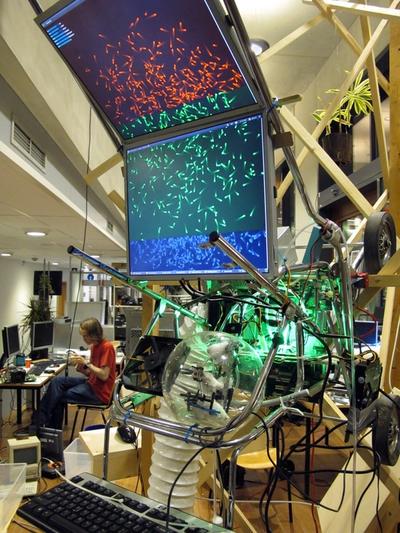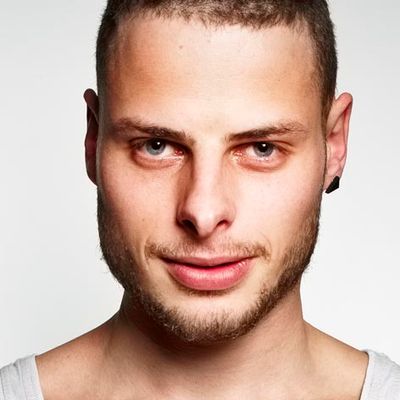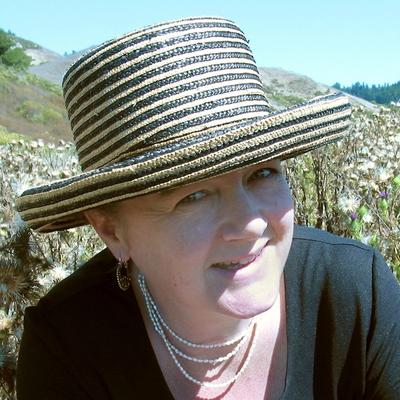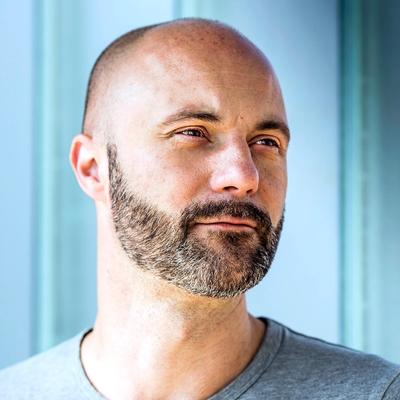Biomodd [TUDelft3]
![Biomodd [TUDelft<sup>3</sup>]](https://cdn.sanity.io/images/t39t9igo/production/c1e7ca3ad7ed995888389f1c62df1d5c56e6d145-708x1080.jpg?w=1152)
resources | |
|---|---|
| Belg stopt augmented reality in kunst met planten en pc's | |
| People just show up and start designing | |
| Biomodd [TUDelft3] video | |
Biomodd [TUDelft3] has been developed at the Delft University of Technology in October 2011. Biomodd [TUDelft3] took place in the context of the inaugural speech of professor Frances Brazier of the Faculty of Technology, Policy and Management. The title of her speech was ‘Shaping Participation: a New Design Paradigm’. The philosophy of Biomodd and TU Delft corresponded well since more and more systems that are developed at the TU Delft have to be able to include participation in their design. Aesthetically, this version has departed from the idea of using a case to enclose the systems in favor of an open-air structure to house the computer and plant systems. A game called “Armagetron Advanced” was run in the computers where the data from the game was fed to a particle-based data visualization and augmented reality system, a first for the Biomodd project. The multinational Biomodd team composed of members from the Philippines, China, Iran, Turkey, Slovenia, Netherlands, Belgium and Mexico build the installation in eleven days.
Ahura Qavami Tehrani, Caroline Nevejan, David Scheper, Everdine de Vreede-Volkers, Frances Brazier, H.R Kraal, Isabelle Smeets, J.H Appelman, N.V Kranenburg, Niels Pluto, Niels van der Pas, S.A Rezaee, Scouts Thila Coloma Raccoon, Y Koc, Pieter Steyaert, Angelo Vermeulen, Tom Van Laere





